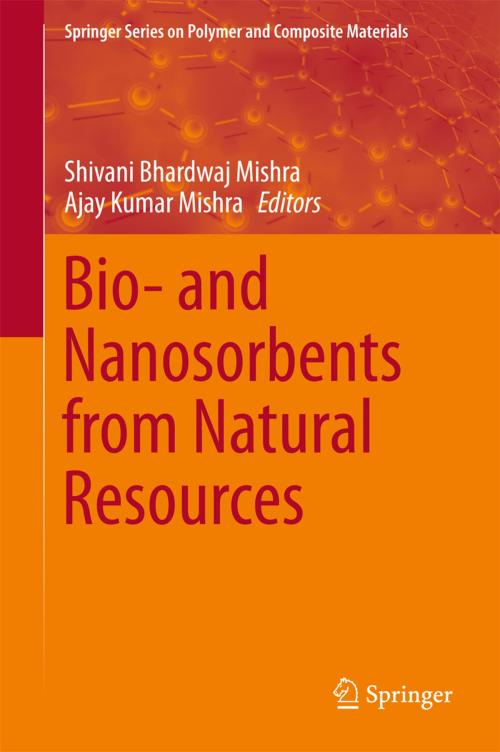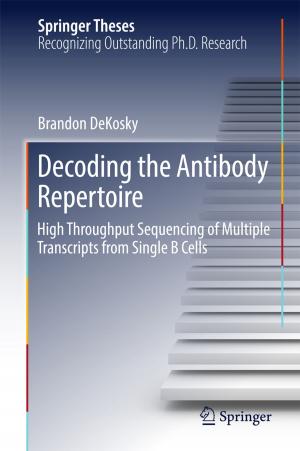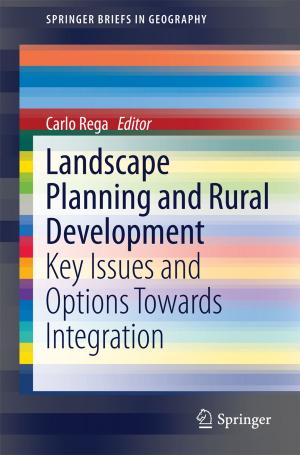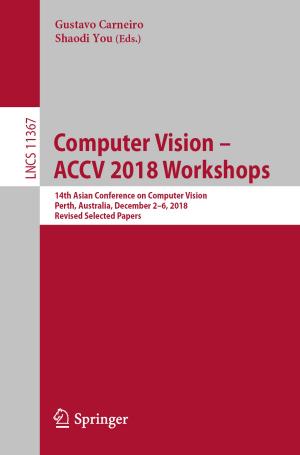Bio- and Nanosorbents from Natural Resources
Nonfiction, Science & Nature, Technology, Textiles & Polymers, Engineering, Environmental, Science| Author: | ISBN: | 9783319687087 | |
| Publisher: | Springer International Publishing | Publication: | October 20, 2017 |
| Imprint: | Springer | Language: | English |
| Author: | |
| ISBN: | 9783319687087 |
| Publisher: | Springer International Publishing |
| Publication: | October 20, 2017 |
| Imprint: | Springer |
| Language: | English |
This book reviews the work in the field of nanoadsorbents derived from natural polymers, with a special emphasis on materials finding application in water remediation. It includes natural materials both with an organic or an inorganic skeleton, from which the nanomaterials can be made. Those nanomaterials can therefore be used to reinforce other matrices and in their pristine form have an extraordinary adsorption efficiency. Being of natural or biological origin, the materials described in this book distinguish themselves as eco-friendly and non-toxic.
The book describes how these benefits of the described materials can be combined and exploited. It will thus appeal to chemists, nanotechnologists, environmental engineers and generally all scientist working in the field of water pollution and remediation as an inspiration for the innovation toward new technologies.
This book reviews the work in the field of nanoadsorbents derived from natural polymers, with a special emphasis on materials finding application in water remediation. It includes natural materials both with an organic or an inorganic skeleton, from which the nanomaterials can be made. Those nanomaterials can therefore be used to reinforce other matrices and in their pristine form have an extraordinary adsorption efficiency. Being of natural or biological origin, the materials described in this book distinguish themselves as eco-friendly and non-toxic.
The book describes how these benefits of the described materials can be combined and exploited. It will thus appeal to chemists, nanotechnologists, environmental engineers and generally all scientist working in the field of water pollution and remediation as an inspiration for the innovation toward new technologies.















